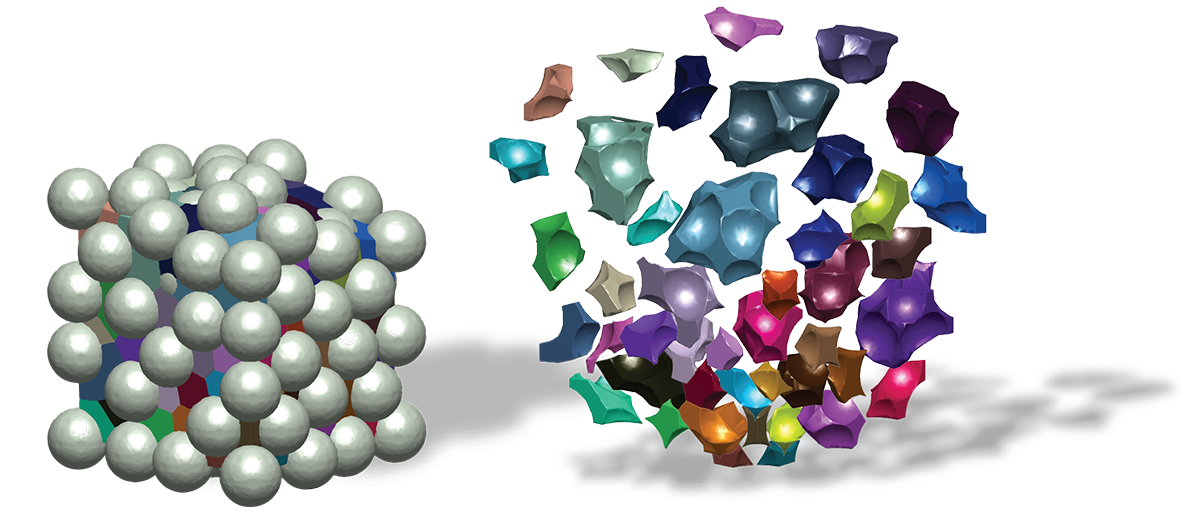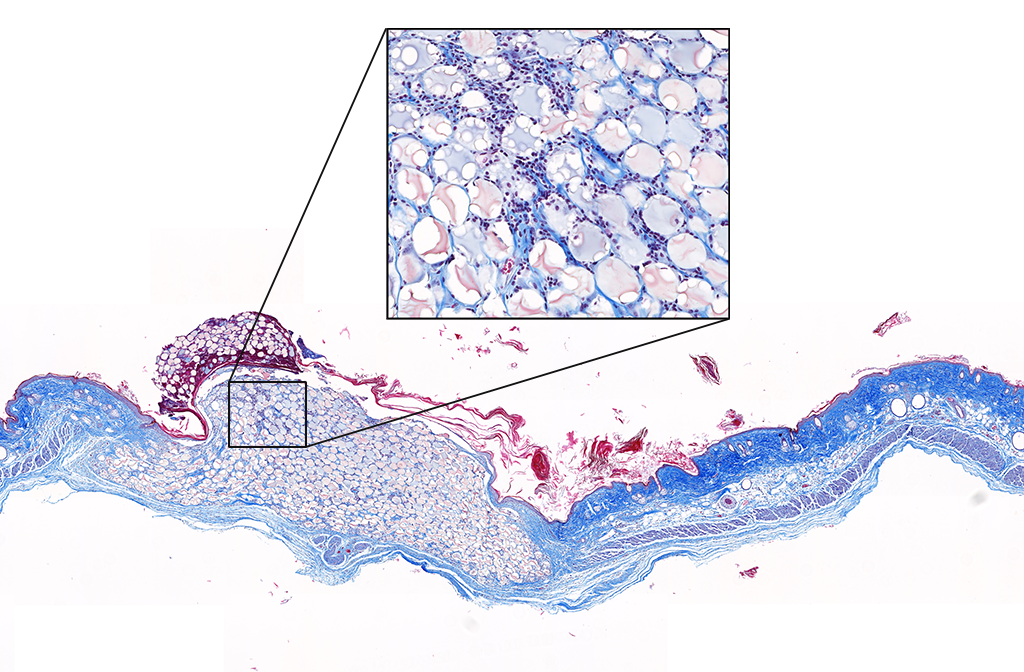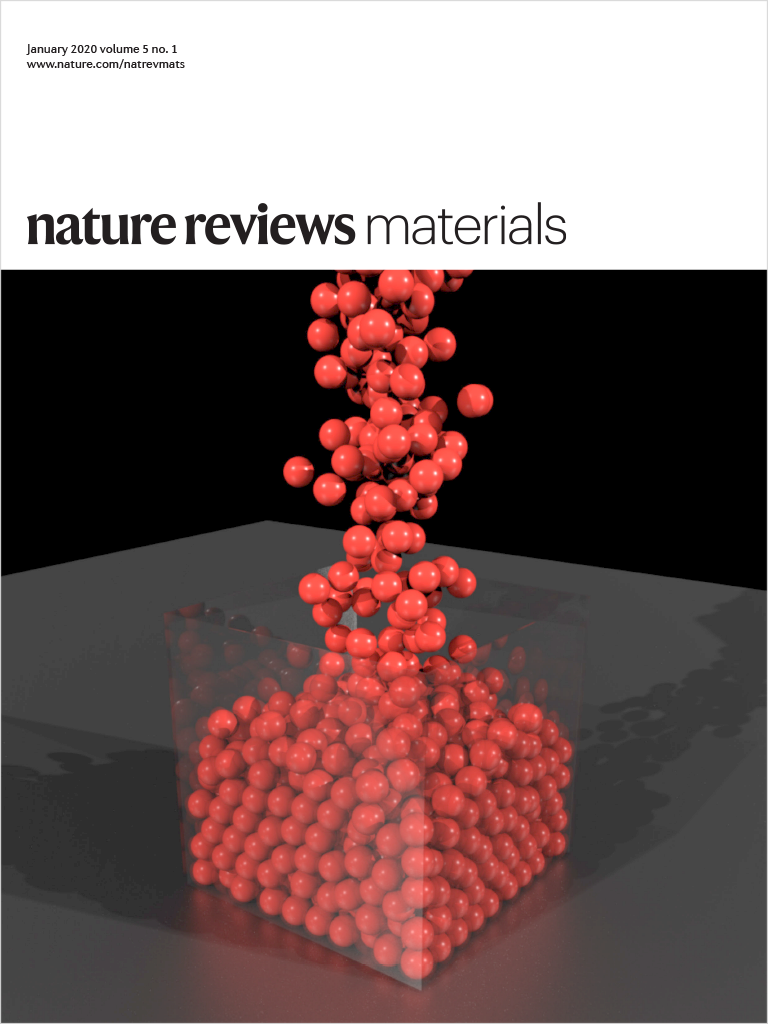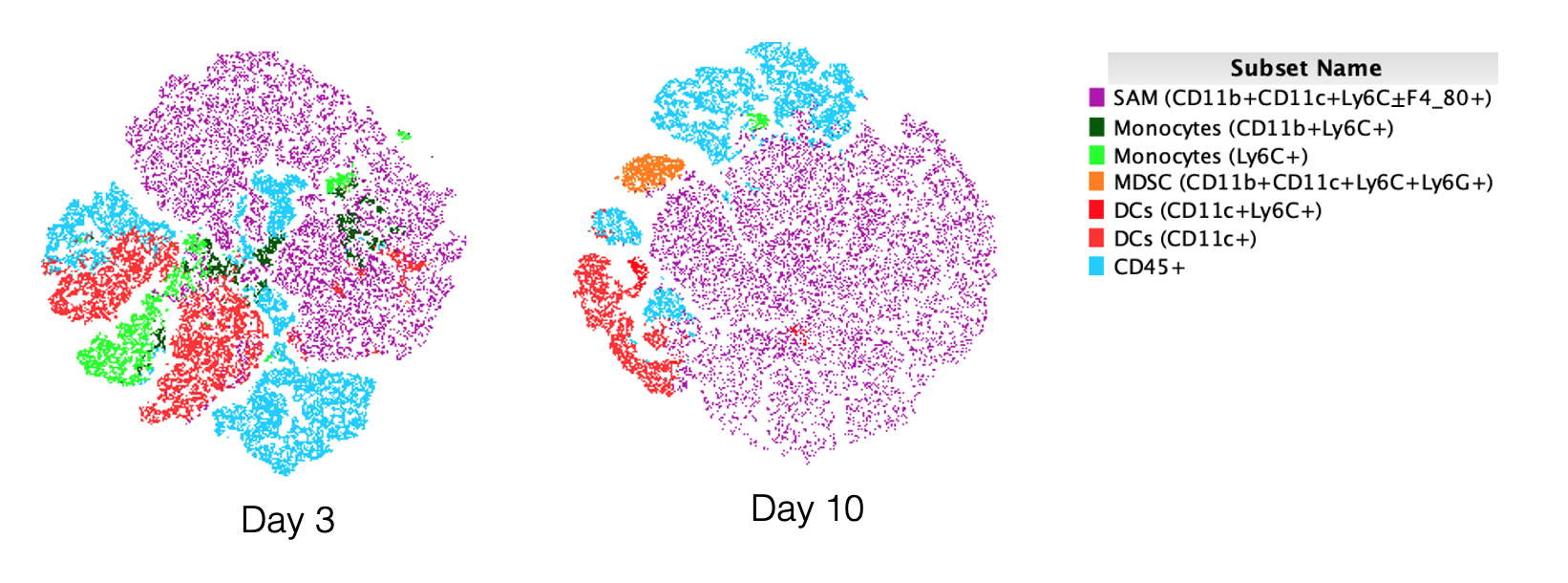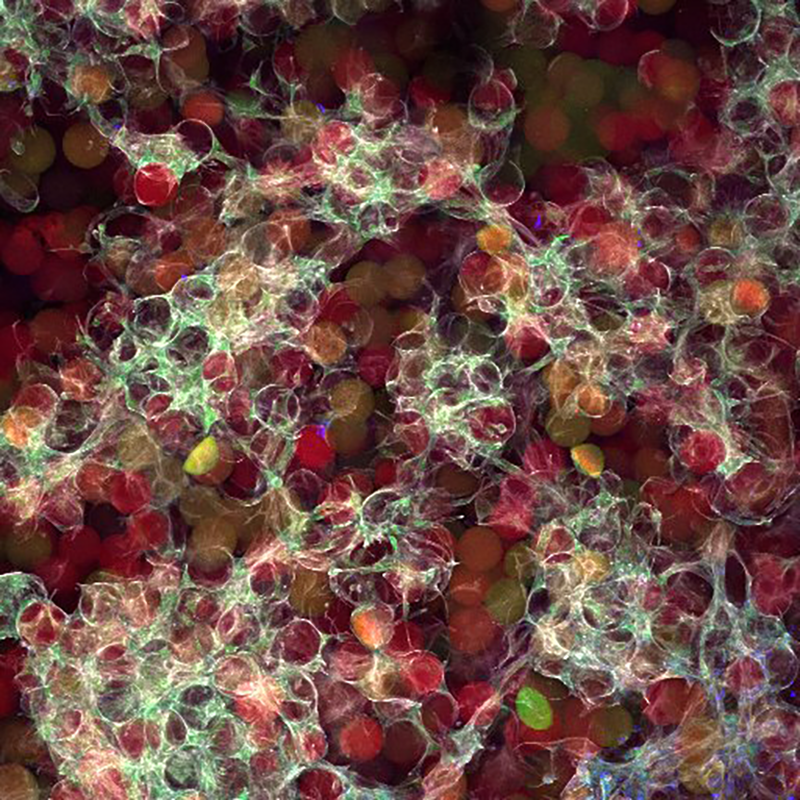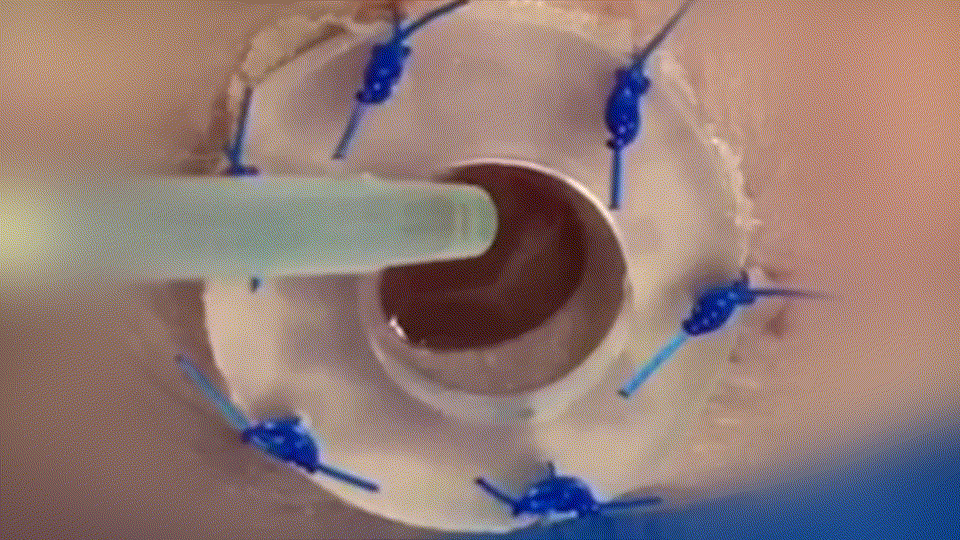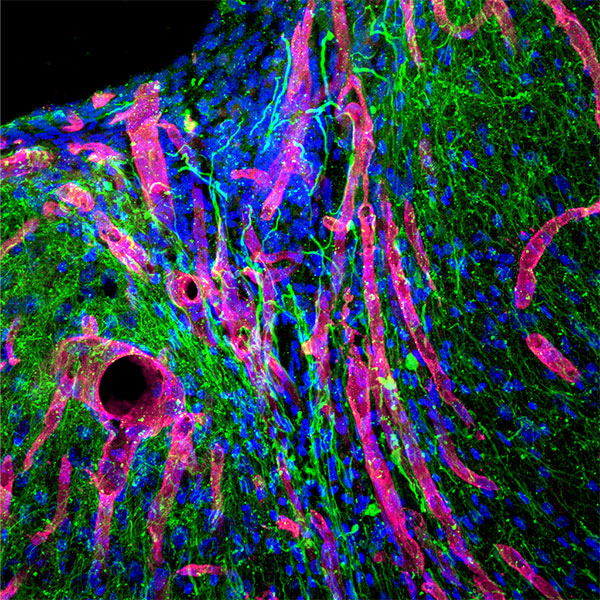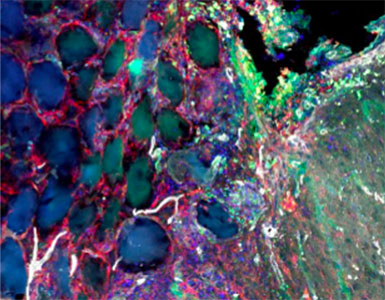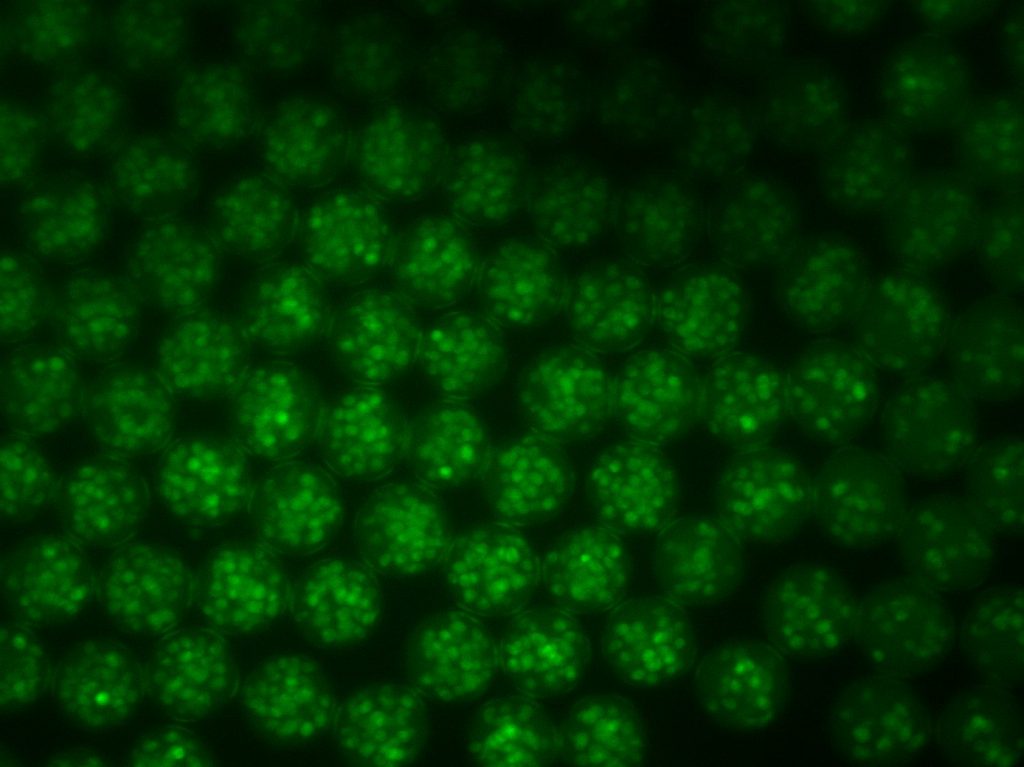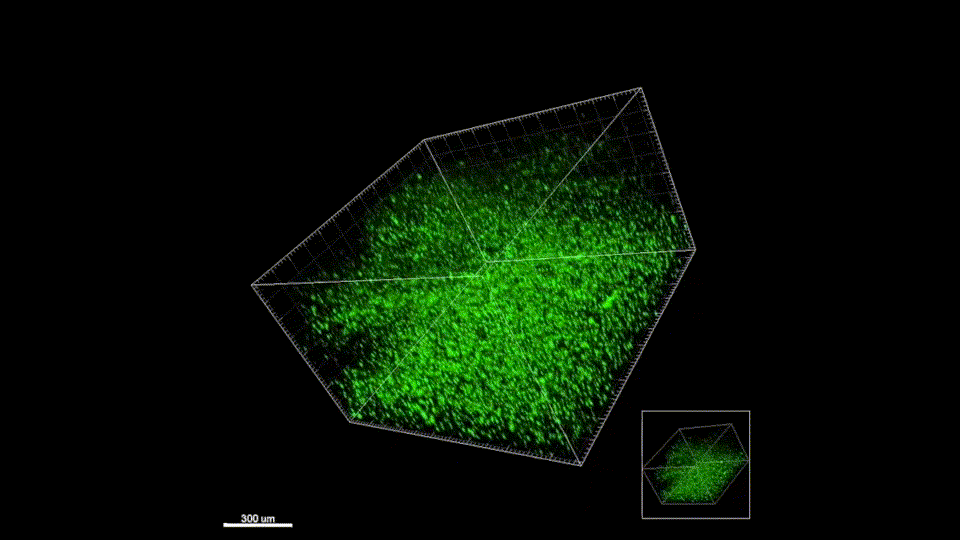Altmetric Score
Dimensions
Citation
Designing scaffolds for polyplex-mediated therapeutic gene delivery has a number of applications in regenerative medicine, such as for tissue repair after wounding or disease. Microporous annealed particle (MAP) hydrogels are an emerging class of porous biomaterials, formed by annealing microgel particles to one another in situ to form a porous bulk scaffold. MAP gels have previously been shown to support and enhance proliferative and regenerative behaviors both in vitro and in vivo. Therefore, coupling gene delivery with MAP hydrogels presents a promising approach for therapy development. To optimize MAP hydrogels for gene delivery, we studied the effects of particle size and stiffness as well as adhesion potential on cell surface area and proliferation and then correlated this information with the ability of cells to become transfected while seeded in these scaffolds. We find that the void space size as well as the presentation of integrin ligands influence transfection efficiency. This work demonstrates the importance of considering MAP material properties for guiding cell spreading, proliferation, and gene transfer. STATEMENT OF SIGNIFICANCE: Microporous annealed particle (MAP) hydrogels are an emerging class of porous biomaterials, formed by annealing spherical microgels together in situ, creating a porous scaffold from voids between the packed beads. Here we investigated the effects of MAP physical and adhesion properties on cell spreading, proliferation, and gene transfer in fibroblasts. Particle size and void space influenced spreading and proliferation, with larger particles improving transfection. MAP stiffness was also important, with stiffer scaffolds increasing proliferation, spreading, and transfection, contrasting studies in nonporous hydrogels that showed an inverse response. Last, RGD ligand concentration and presentation modulated spreading similar to non-MAP hydrogels. These findings reveal relationships between MAP properties and cell processes, suggesting how MAP can be tuned to improve future design approaches.








